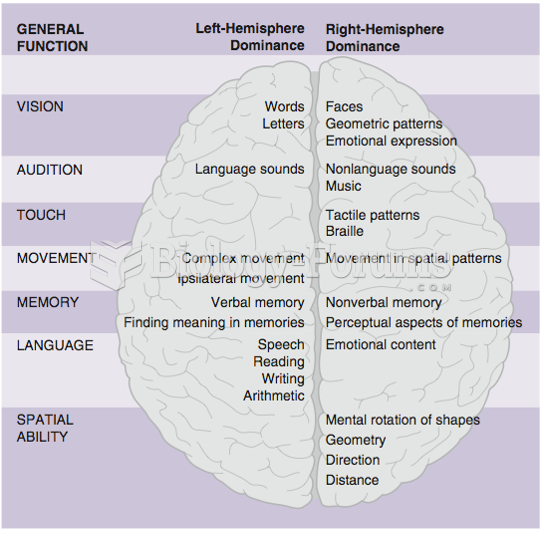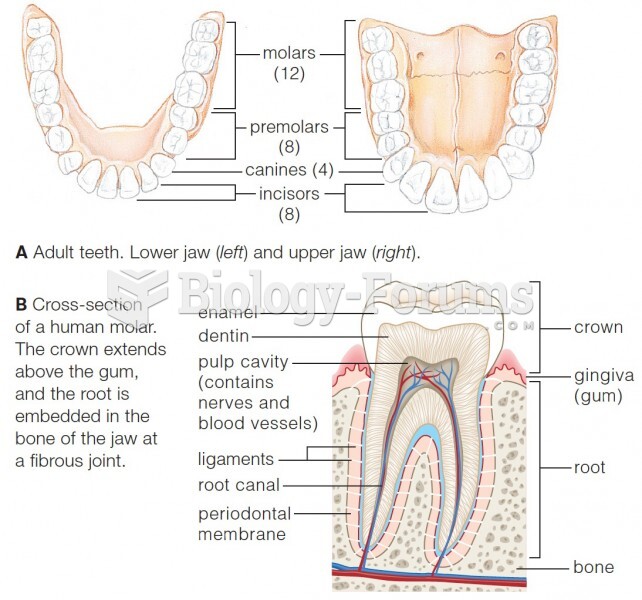Answer to Question 1
As the first Babylonian Empire politically united several regions, Babylon's sixth ruler, Hammurabi, called for a systematic codification of existing legal practices. Hammurabi's Code is the most extensive and comprehensive set of laws to survive from ancient times.
Hammurabi's Code covers a broad spectrum of moral, social, and commercial obligations. Its civil and criminal statutes specify penalties for murder, theft, incest, adultery, kidnapping, assault and battery, and many other crimes. It also documents the fact that under Babylonian law, individuals were not regarded as equals. Human worth was defined in terms of a person's wealth and status in society. Further clauses in the Code reveal how women were treated. They were considered intellectually and physically inferior to men, were regarded as the personal property of the male head of the household, and were expected to bear children (clause 138). However, they also enjoyed commercial freedom (clause 109) and considerable legal protection (clauses 134, 138, 209, and 210).
Written law represented a landmark advance in the development of human rights in that it protected the individual from the capricious decisions of monarchs. Although written law necessarily restricted individual freedom, it safeguarded the basic values of the community.
Answer to Question 2
Whereas many early cultures venerated female divinities, ancient civilizations gradually came to give primacy to male deities. In the Sumerian The Babylonian Creation, humankind's earliest cosmological myth, Marduk's destruction of the Great Mother Tiamat reflects the shift from matriarchy to patriarchy in the polytheistic history of the ancient world. Some of the earliest literature from Sumer celebrates the colorful Queen of Heaven known as Inanna (or Ishtar), goddess of chaos and love, associated with fertility, the moon, and the planet Venus, and we can see her in various ancient statues and figures from the area.
Human life was much more precarious in ancient times, and the theme of human vulnerability and the search for everlasting life are the central motifs in the Epic of Gilgamesh, the world's first epic.
When powerful Sumerians died, they were often buried with many carved figurines, which reveal the Sumerians sense of awe in the face of the divine. Carved out of soft stone, alabaster, and marble, some of these cult images may represent the gods, but it is more likely that they are votive (devotional) figures that represent the townspeople of Tell Asmar in the act of worshiping their local deities. Their enlarged eyes, inlaid with shell, lapis lazuli, and black limestone, convey the impression of dread and awe, visual testimony to the sense of human apprehension in the face of divine power. These images also express the insecurity of a people whose vulnerability was an ever-present fact of life.







